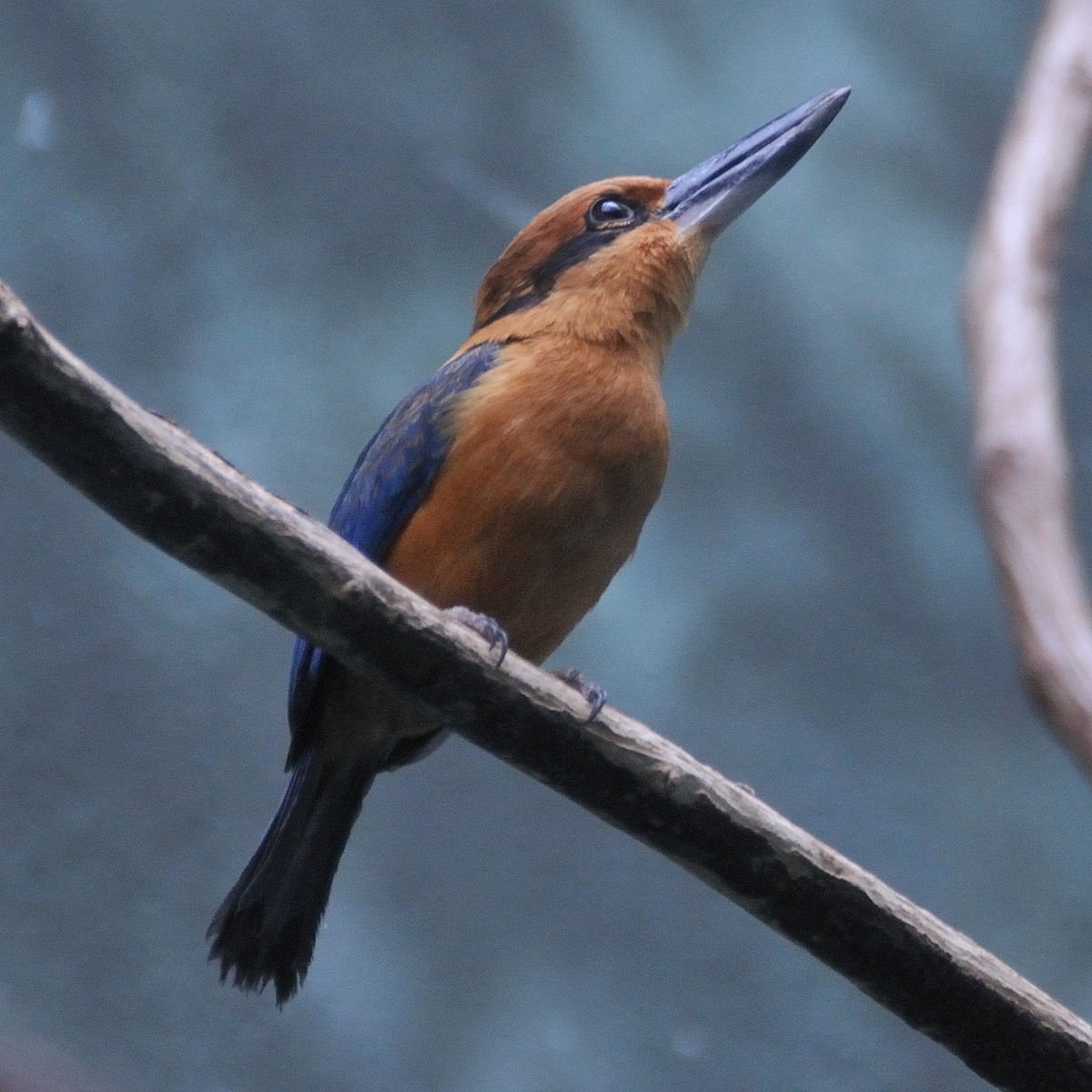I visited Maui and Guam with Calla Norris and her family in late April, where they lived from 1998 to 2007. This marked the farthest west and south that I’ve ever traveled. I don’t like to stand out while traveling so I avoid the average tourist attire: camera, aloha shirt, fanny pack, long socks, and strappy sandals. Two items I cannot let go are a pair of cargo shorts and binoculars. The binoculars are essential to most of my Wisconsin outings and, what can I say, I like having a bunch of pockets.
The Hawaiian islands are some of the most isolated in the world, with the nearest mainland located over 2,000 miles to the east. Like in many ocean islands, this has caused rapid speciation and high rates of endemism in birds, insects, and other wildlife. Mammals tend to be absent from isolated islands except bats who can fly across vast ocean expanses. Sea turtles bob in the waves or scooch up next to you while you’re on a towel. Dormant volcanic ranges have eroded into dramatic complexes of lush peaks or gorges. Honeycreepers dangle off of flowers and bathe at the base of waterfalls.
Yellow boxfish, a common inhabitant of Guam's coral reefs (photo by François Libert/Flickr).
Guam, though less isolated, also hosts (or, hosted) a good number of endemic species. While the topography is less dramatic, the surrounding coral reefs are a kaleidoscope of productivity. Fish of all colors inhabit everything from large caves and fan corals to the tiniest crevice. Urchins and sea cucumbers loaf about and harvest plankton from the clear blue water. Both islands are gorgeous places to visit, but from a conservation standpoint, the situation is grim.
Hawaii is the extinction capital of the world, with nine new extinctions declared in 2021 (eight birds, one plant). These islands contain thirty percent of the total threatened or endangered species in the United States. Polynesians introduced a non-native rat species around 1,600 years ago, but it is unclear if this (or Polynesian settlement in general) caused any extinctions. Europeans, first arriving in 1778, introduced two more rat species along with domestic cats. Sugar plantations introduced the mongoose to most Hawaiian islands in 1872 to reduce rat damage and increase profits. This was a complete debacle, as rats are largely nocturnal and mongooses are diurnal. In combination, these mammals have greatly reduced bird populations. Avian malaria from non-native mosquitoes was first detected in the 1940s, and it has since caused high mortality rates and extinctions (only 17 of 50 honeycreeper species remain). Invasive species, habitat loss, and small population sizes of native organisms are a dangerous combination. Despite strong efforts, we should expect more extinctions over the next decade.
The Guam Micronesian Kingfisher is extinct in the wild (photo by Eric Savage/Flickr at the Bronx Zoo).
The United States military accidentally introduced the brown tree snake to Guam in the late 1940s or early 1950s, probably through shipping containers. These arboreal predators eat anything small enough to swallow, and their densities can reach over 20 snakes per acre. Twelve of the fourteen native terrestrial bird species on Guam are gone, and forests are now silent save for the rustle of leaves. Because of bombing and overgrazing, much of the island has been converted from forest to open ground and fields of non-native grasses. In an earnest but misguided effort to mitigate subsequent erosion, the military spread the seed of river tamarind (Leucaena leucocephala) by plane. The weedy tree species has taken over much of Guam and is now considered one of the 100 worst invasive species by the Species Specialist Group of the IUCN Species Survival Commission.
While Calla and I were at the U.S. Fish and Wildlife visitor center on Guam, a ranger was kind enough to show us a bushy little Hayun Lagu (Serianthes nelsonii) seedling. Because of invasive herbivores and insects, regeneration in the wild is almost non-existant, and outplanting of seedlings has not been successful. The parent tree is the last wild individual on Guam. A small nearby island holds a small population of Hayun Lagu, but it faces the same regeneration issues. This tree will likely follow the birds.
This is the part where I’m supposed to say, “but wait, here’s the good news!” Yes, there is innovation, research, and strategies being conducted in Maui, Guam, and across the globe to conserve species. But I don’t want to sugar coat this one: in most cases, political and financial support is too little too late.
Wisconsin is doing better than many places, but efforts are still spread thin, especially regarding state and federal agencies. In Columbia County there are three DNR wildlife employees (one biologist, one technician, and sometimes one LTE) who are responsible for nearly all operations across 24,000 acres of state wildlife areas. Whenever you can, support conservation organizations, make your vote count, consider your food, and plant native.
Written by Graham Steinhauer, Goose Pond Sanctuary Land Steward
Cover image: An I’iwi, a nectar feeding member of the honeycreeper family, has scarlet body plumage and black wings and tail, plus a long, down curved, orange bill specialized for sipping nectar from tubular flowers (photo by USFWS Pacific Region).







